Welcome to a recap of the second podcast in the special Rapaport Diamond Podcast series, “Technology and the Diamond Trade”, proudly sponsored by Sarine.
In episode two, the podcast covered a topic very close to all our hearts here at Sarine: diamond traceability.
Titled “Tracing the Diamond Journey”, the podcast was hosted by Rapaport’s Joshua Freedman and featured an impressive guest panel including Sarine CEO David Block, Alexey Tikhonov, head of projects for strategy and analytics at Russia’s Alrosa Mining Group, and Rahul Jauhari, senior VP of global sales and marketing at Star Rays, a large Indian diamond manufacturer that offers traceability for almost all of its inventory.

The podcast hour was rounded off with a special pre-recorded interview by Rapaport’s Avi Krawitz with Leanne Kemp, founder and CEO of Everledger, the first company to develop blockchain solutions for the diamond industry.
Listen to Rapaport tech podcast episode two, “Tracing the Diamond Journey”.
Let’s take a look at some of the main points covered by the panel and what three professionals operating at different points of the diamond supply chain have to say about traceability.
The Challenge of Traceability
Traceability is one of the trickiest challenges faced by the diamond industry. Given the complex nature of the diamond pipeline, figuring out how to tell a customer where their diamond came from is not easy. In recent years, it has become clear that the solution to the problem lies in technology, evident in the growth in the number of traceability tech programs on the market, such as Sarine Diamond Journey™, Tracr™ by DeBeers, GIA’s origin report, and others.
The question then becomes how technology can be integrated to solve the traceability problem.
According to Sarine’s David Block, there are two key factors:
- Traceability tech must be fairly easy to implement within the current supply chain from mine to consumer. If it creates huge overheads or demands rearrangement of the supply chain, then it will be far less viable.
- Tech-based traceability solutions must provide more than just the usual declarative statements and chain of custody audits that have been used to determine diamond provenance until now. True traceability must be a step up from past solutions. It must come from verifiable data at the source, rather than from various entities along the pipeline. Only in this way can a diamond’s traceability journey be assured the integrity that consumers demand today.
In this vein, Sarine invested a lot of effort and resources into building a system based on verifiable data using wide-scale technology already in place along the pipeline, with new algorithms that track the diamond’s complete production path.
Alrosa’s Alexey Tikhonov jumped in next to provide a fascinating view of traceability from the miner’s perspective. As Tikhonov pointed out, and from experience as one of the first mining companies in the world to get involved with DeBeers’ and GIA’s traceability programs, the miner is actually the only player in the pipeline capable of confirming a diamond’s origin, which is the first key data point in the traceability journey. Alrosa has spent the past two years exploring and testing different traceability solutions, resulting in the Alrosa Diamond Passport. The company continues to experiment further with new and upcoming technologies. Another interesting point raised by Tikhonov is that the data necessary to create traceability has been available for some time, and was even available probably five years ago. It is due to the rising demand we are seeing now from retailers and consumers that the technology to facilitate traceability is finally in accelerated stages of realization and penetration to the market.
Provenance vs. Traceability: Same but Different
Rahul Jauhari of Star Rays focused on the confusion that sometimes arises from the concepts of “provenance” and “traceability”. Although these terms are often used interchangeably, Jauhari contends that they mean different things and the distinction is important.
According to Jauhari, provenance is the origin of the diamond. Which country and mine was it sourced from? Traceability on the other hand is all the steps a particular diamond has taken along the pipeline from its origin mine through production and its journey to the retailer as a polished stone.
As a midstream manufacturer, Jauhari sees the vital importance of traceability as it pertains to the downstream. From the consumer’s perspective, knowing the journey a diamond has taken not only gives them confidence in the authenticity of the diamond; it also lets them know that the diamond was sustainably sourced and that the creation of the diamond did not involve unethical practices – a critical issue for contemporary consumers.
With traceability that is based on objective data derived from a machine, rather than a declaration from one of the players along the pipeline, Jauhari contends that the company can provide assurance of the diamond’s traceability information to the retailer, who can then pass it on to the consumer as needed. And when a customer is assured that a diamond comes from a positive, ethical, and authentic journey, they are even willing to pay more.
Trust and Technology: Hand in Hand?
Next, the discussion turned to the all-important issue of trust, and what impact traceability technology is having on the consumer relationship with the diamond industry. Will technology replace the need for trust that for so long been a key driver of diamond purchases?
According to Sarine’s David Block, trust is an important component of any business dealing, not just diamonds. Now that technology to support traceability is a reality, there is less need for the consumer to rely on trust alone. In fact, technology has evolved to a position where consumers can trust it perhaps even more than information provided manually along the pipeline, which is prone to human error and fraud. Once, trust was all consumers had to rely on and it was necessary to support their purchase decisions and relationships with jewelry sellers. Today, technology can take trust and traceability to a significantly higher and more reliable level.
This also touches on the issue of blockchain and how it can help the diamond industry support traceability. As David reminded listeners, blockchain is not a panacea for traceability; it is a place to store data – a distributed database that can hold information in a secure way. However, it will only be as good as the diamond data inputted to the blockchain. As the saying goes, “garbage in, garbage out”. Blockchain only solves the problem of keeping diamond information secure and preventing tampering. It cannot ensure the authenticity and verifiability of diamond data. And that is its limitation.
What’s Next for Traceability
As the podcast wound to a close, the discussion turned to the future of traceability. What’s next for the market?
Currently, the number of diamonds that have traceability is relatively small compared to the globally available inventory, and it is mainly larger-sized diamonds that are tracked for traceability. This is not because the technology to track and trace smaller diamonds is not available. Rather, it relates to the newness of the technology. Across all industries, new tech is always rolled out first for higher-value goods until market penetration is achieved. Only then does it become cost-effective to apply to cheaper inventory too. However, the traceability solution is penetrating the industry fast and in high demand from consumers, so it is only a matter of time before it extends to smaller diamonds as well. Enabling a cost-effective traceability solution for smaller diamonds, which make up the large majority, will be the next challenge.
According to both Block and Jauhari, another key issue on the horizon is the interoperability between traceability systems of different suppliers, such as Sarine, DeBeers, GIA, and more. There are so many solutions available and Jauhari points out that this can make it very challenging for manufacturers if the systems can’t talk to each other and can’t integrate for the common purpose of traceability. The next step will be figuring out how to mesh systems and data across platforms and providers.
Alrosa’s Tikhonov gave the final word, predicting that the power of traceability will certainly drive new demand, interest, and business opportunities, and this will be seen in the near future.
The discussion was followed by a deep dive into blockchain with the industry expert, Leanne Kemp from Everledger, in conversation with Rapaport’s Avi Krawitz. Keep listening after the panel to hear what she had to say.
And tune in for our next recap of episode three in the Rapaport diamond tech podcast series, focusing on the “Transformation of Diamond Grading” – coming soon to the Sarine blog.




-1.jpg?width=310&name=blog_image%20(003)-1.jpg)





